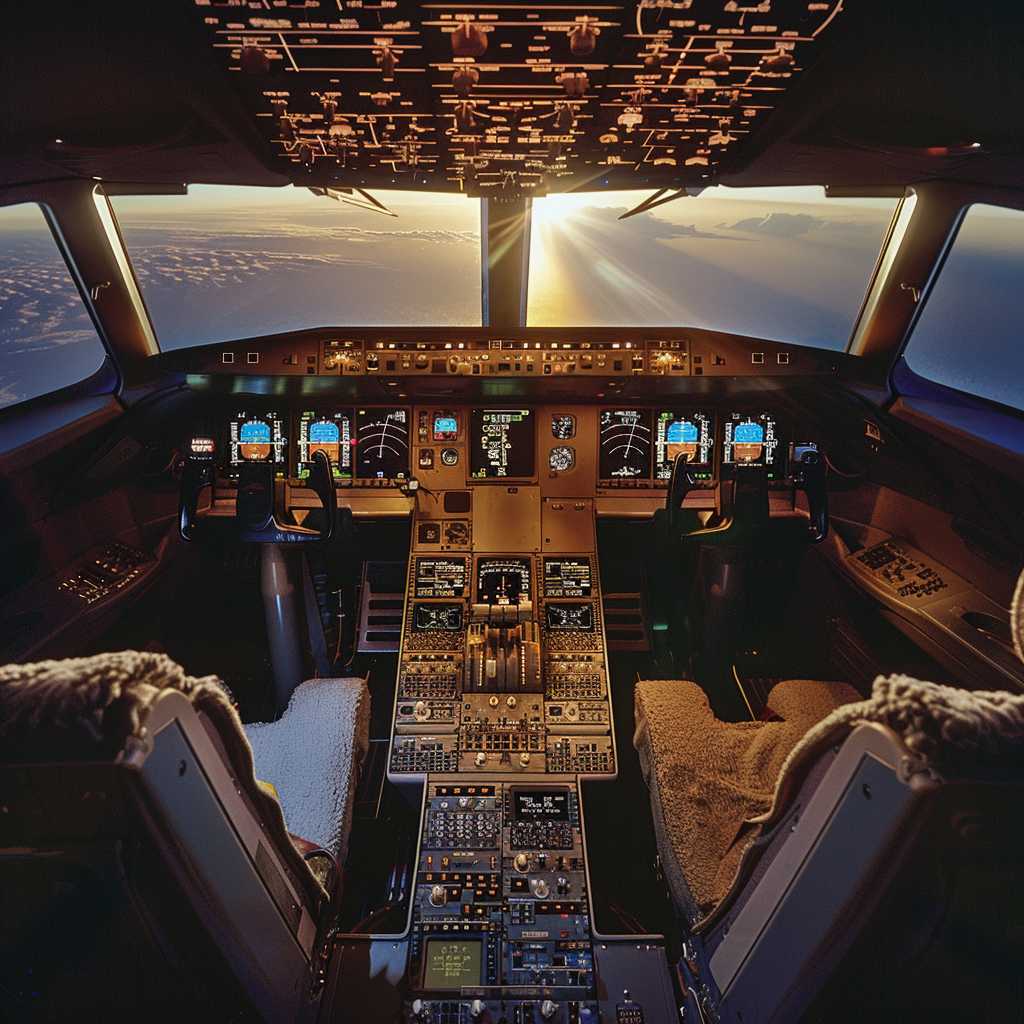Understanding the Incidents of Pilots Falling Asleep Mid-Flight
When reports surface of pilots falling asleep mid-flight, they bring a wave of concern and a host of pressing questions regarding aviation safety protocols, pilot health, and current regulatory standards. By examining recent incidents, analyzing the potential causes, and understanding the implications, passengers and industry stakeholders alike seek assurance that the skies remain safe.
Recent Incidents and Investigations
It is not entirely uncommon to hear of pilots accidentally falling asleep while operating commercial flights. While rare, a few cases have raised red flags within the airline industry and among regulatory bodies. One such incident involved two pilots on an Airbus A320 flying for a European airline who reportedly both fell asleep at the same time during the cruise phase of the flight. Another involved an overseas airline where the pilot was found to be asleep upon descent.
Each incident prompted immediate investigations by aviation safety authorities. The examinations typically focus on flight data recordings, cockpit voice recordings, crew statements, and policy reviews to ascertain contributing factors such as work hours, pilot schedules, health issues, and any deviations from standard procedures.
Causes Behind Pilots Falling Asleep
The causes behind these unusual occurrences can be diverse but often highlight underlying issues such as pilot fatigue.
Fatigue – A Critical Factor
Pilot fatigue has been consistently identified as a contributing factor in several cases of in-flight drowsiness. Factors contributing to fatigue include long flight hours, insufficient sleep, poor quality sleep, jet lag resulting from crossing multiple time zones, and arduous rotation patterns. Dealing with these has become a significant operational challenge for airlines.
Operating Policies and Workload Management
Airlines must enforce duty time limitations and rest requirements per their respective Civil Aviation Authorities (CAAs). Policies around flight duty limitations are aimed at preventing fatigue by outlining maximum hours pilots can be on duty, regulating rest periods between shifts, specifying minimum break periods during long-haul flights.
However, implementation of these policies can vary or may not always account for individual variability in response to workload. Pilots themselves are responsible for acting when they don’t feel fit to fly and should declare themselves unfit if they believe their performance might be impaired due to fatigue.
Health Factors and Personal Circumstances
Another layer to this issue involves personal health and life circumstances. Sleep disorders like sleep apnea can go undiagnosed in pilots which may cause them to experience unintended sleep episodes during flights. Stressful life events, including personal difficulties or health concerns, can also adversely impact a pilot’s sleep quality and cognitive function.
Flight Safety Measures and Prevention
Understanding the potentially severe consequences when flight crew members fall asleep mid-flight is essential in heightened approaches to mitigation.
Regulatory Responses
In response to incidents, CAAs examine how regulations can be enhanced to better safeguard against pilot fatigue. This can include revisiting flight duty regulations, exploring mandatory rest periods more closely aligned with circadian rhythms, or ensuring better access to sleep specialists for pilots who may have underlying conditions affecting their rest.
Implementation of Rest Facilities Onboard
For long-haul flights where crewmembers need to alternate operational duties with rest periods, modern aircraft are now equipped with rest areas for pilots, often situated above the main cabin or behind the cockpit. These secure and comfortable spaces provide an environment conducive for sleep without leaving the cockpit unmanned.
Sleep Awareness and Training
Airlines have also sought to improve awareness and introduction of strategies that pilots can apply to manage fatigue better. This may include educating pilots on good sleep hygiene practices or offering fatigue risk management systems (FRMS) training.
Notes
Conclusions
Though unsettling, incidents of in-flight pilot somnolence prompt vital conversations about aviation safety and compel industry changes promoting long-term well-being of flight crews while maintaining rigorous safety standards for public air travel.
Image Description: A modern airplane cockpit at cruising altitude. The photograph captures two seats typically occupied by pilots against a backdrop of complex flight instruments and control panels bathed in ambient light. There’s a flare of sunlight indicating day-time flying conditions; however no individuals are visible in the image.
